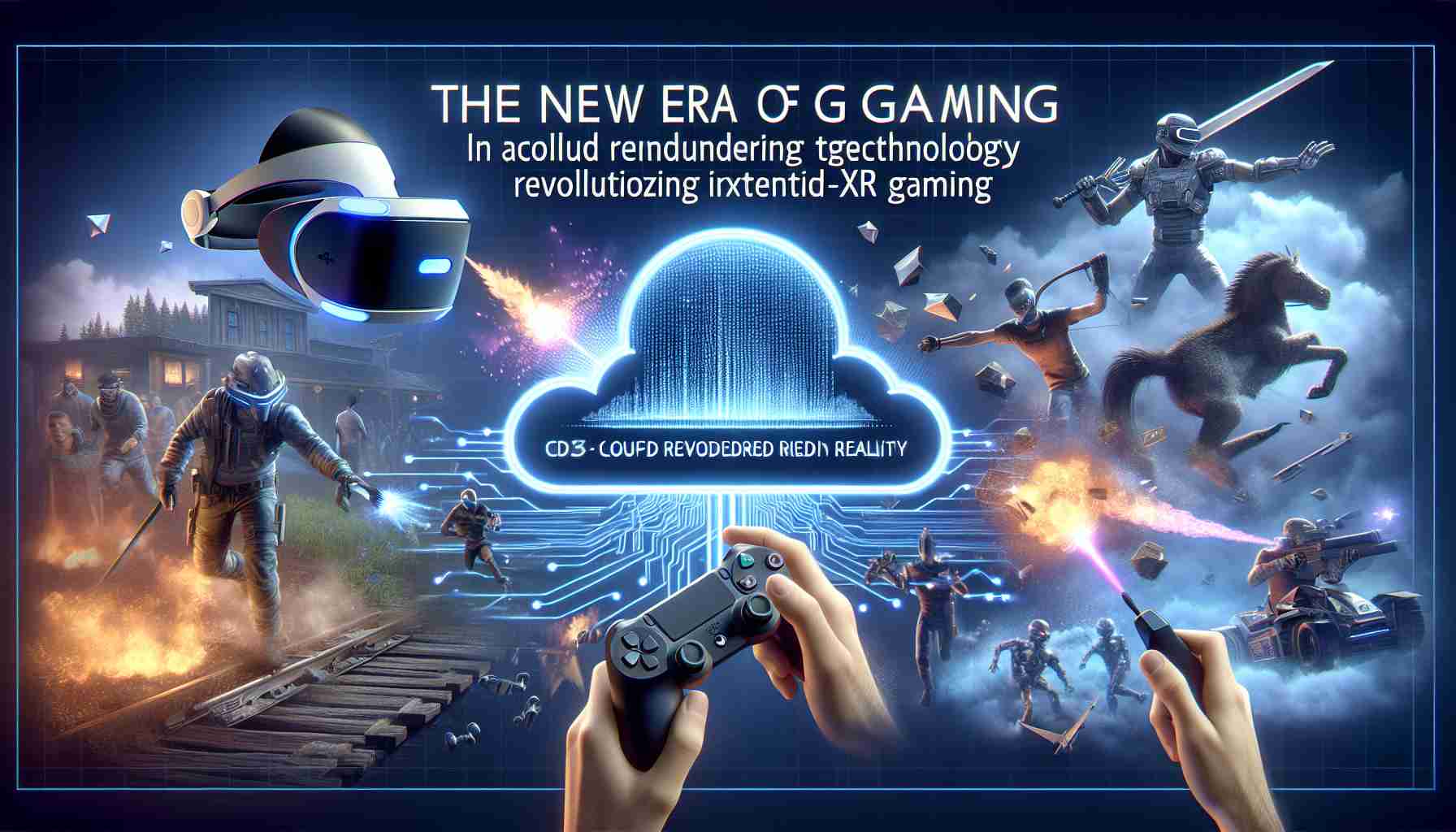A Game-Changing Evolution in XR: Meta’s recent steps towards cloud rendering technology have the potential to revolutionize XR gaming. By utilizing an internal cloud rendering service codenamed Avalanche, Meta may soon offer Quest users VR games with unprecedented graphics and immersive experiences.
Challenges and Solutions: Despite the exciting prospects, there are challenges to consider. Cloud rendering demands high-speed, low-latency networks, and significant costs. Meta may address this by offering the service through subscriptions or payable tokens, ensuring accessibility without financial strain.
Unintended Reveal: The accidental appearance of Meta’s Avalanche app on the Horizon Store hints at ongoing developments. While it may have been a misstep in transitioning from App Lab to the main store, it underscores Meta’s commitment to advancing XR technologies.
Unveiling The Future of AR/VR Hardware
Bridging Reality with Technology: Meta’s confirmation of the Quest Pro 2 project’s evolution into a mixed reality headset, known as Puffin, sheds light on the continuous innovation in AR/VR hardware. The meticulous process outlined by Boz offers insights into Meta’s hardware development journey, where only a select few concepts materialize into consumer products.
Behind the Scenes: Boz’s explanation highlights the rigorous stages involved in bringing a hardware product to market, emphasizing innovation, feasibility, and market readiness. The evolution of the Puffin headset signals progress in Meta’s exploration of next-generation devices.
Transcending Boundaries: The dynamic landscape of AR/VR hardware experimentation underscores Meta’s commitment to pushing boundaries and redefining user experiences. As projects like the Puffin headset progress through development stages, the future of AR/VR hardware holds promise and intrigue.
Redefining Accessibility with Apple’s Vision Pro
Striving for Affordability: Apple’s rumored venture into a more affordable headset aims to broaden accessibility to cutting-edge technology. While targeting a lower price point than the Vision Pro, questions arise regarding the device’s value proposition and market positioning.
Market Expectations and Realities: Apple’s strategic pricing aims to capture a wider consumer base while boosting sales figures. However, concerns linger over the device’s utility, comfort, and app ecosystem, essential elements in driving consumer adoption and engagement.
Looking Ahead: As Apple navigates the realm of AR/VR hardware, the $2000 price target for the envisioned headset prompts reflection on its competitive positioning and potential market impact. Balancing innovation with user-centric design will be critical in shaping the device’s success in the evolving AR/VR landscape.
Additional Facts:
– Cloud rendering technology in XR gaming is not limited to Meta (formerly Facebook). Companies like Nvidia, Google, and Microsoft are also investing in cloud gaming platforms and rendering services to enhance user experiences.
– The use of cloud rendering can reduce the hardware requirements for users, enabling them to access high-quality XR content on devices with lower processing capabilities.
– Cloud rendering allows for real-time updates and patches to games without the need for users to download large files, leading to a more seamless gaming experience.
Key Questions:
1. How will cloud rendering technology impact the affordability and accessibility of XR gaming experiences?
2. What are the privacy and data security concerns associated with storing user data on cloud servers?
3. How will traditional gaming consoles and PC gaming platforms adapt to the rise of cloud rendering in XR gaming?
Advantages of Cloud Rendering in XR Gaming:
– Enhanced graphics and visual fidelity due to offloading rendering tasks to powerful cloud servers.
– Reduced hardware requirements for users, making XR experiences more accessible on a wider range of devices.
– Real-time updates and dynamic content delivery without the need for lengthy downloads or installations.
Disadvantages of Cloud Rendering in XR Gaming:
– Dependency on high-speed, low-latency internet connections, limiting access for users in areas with poor connectivity.
– Concerns over data security and privacy as user data is stored on external cloud servers.
– Potential costs associated with subscribing to cloud rendering services, especially for frequent users.
Related Links:
– https://www.nvidia.com
– https://cloud.google.com
– https://www.microsoft.com


